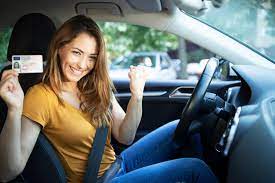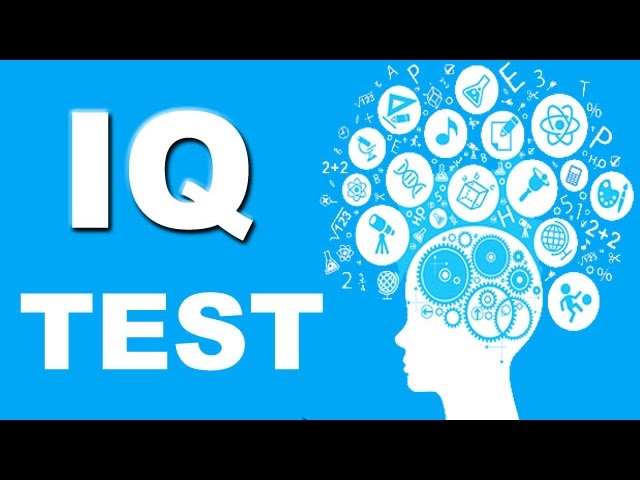Introduction to Brisbane’s Infrastructure Evolution
Driving through Brisbane is not just about the destination anymore; it’s a journey influenced by the city’s evolving roads, shaping how we commute, who we learn from, and why choosing the best driving instructors in Brisbane matters more than ever. Over the years, Brisbane’s infrastructure has undergone significant changes, adapting to the needs of a growing city. These developments have moulded the way people engage with transport and the resources available to them.
What was once a town of simple routes has now become a labyrinth of intelligently designed roadways, aiming to ease the flow of daily life and connect communities. From seamless thoroughfares to cleverly organised intersections, Brisbane’s new roads are setting a standard that many cities might want to follow. Yet, it’s not just the streets themselves—it’s about how this plasticity influences every motorist and learner in the city.
Those learning to drive, or polishing their skills in Brisbane, benefit from a range of comprehensive services such as affordable driving schools in Brisbane, where automatic driving lessons in Brisbane are highly sought after. Yet, each drive along these new paths is a reflection of modern driving behaviour in the city. It isn’t simply about reaching a destination, but understanding how the very roads you are driving on direct you and all those around you.
Impact on Local Driving Schools and Lessons
If you’ve tried to grab a cuppa with someone studying for their driving test, you’re familiar with the enormous change Brisbane’s infrastructure is having on local driving schools. Until recently, driving lesson deals in Brisbane were simple affairs, offering traditional routes and straightforward test-preparation scenarios. But here’s the twist: local driving schools in Brisbane now integrate courses focused on these new roads, enriching the experience for learners.
Manual driving lessons in Brisbane, for instance, aren’t just about grappling with the gear stick anymore. Beginner drivers are introduced to an environment that demands acute awareness. The complexities of roundabouts and intricate road systems make learning a thrill—sometimes an intimidating one. But let’s spare a thought for those learners attempting night driving lessons in Brisbane. There’s a whole new level of focus required when navigating these modernised yet unfamiliar roads under the cloak of darkness.
Driving instructors in Brisbane are more significant than ever. Remember choosing the best ones matters. These professionals have become living roadmaps, guiding the way through advanced driving sessions and arranging mock driving tests in Brisbane that genuinely test the mettle of every learner. The involvement of female driving instructors in Brisbane is setting a whole new dynamic, as these educators bring unique insights and an empathetic approach to learners.
Moreover, the demand for comprehensive instruction is witnessing a surge. More individuals are opting for intensive and weekend driving lessons in Brisbane, understanding the importance of learning the nuances of these new roads. And let us not ignore the trends—learner driver packages in Brisbane are becoming more popular, offering unique deals and combining different driving lessons for teens in Brisbane or refresher lessons for seasoned drivers.
So, why does it matter so much? These roads influence driver training, which essentially uplifts the entire driving culture. From affordable options to private driving lessons in Brisbane, the city’s infrastructure plays a central role in shaping future drivers and promoting defensive driving classes in Brisbane. After all, great instruction today leads to skilled drives tomorrow.
Behavioral Transformations in Commuters
Commuters in Brisbane are not resistant to change; rather, they’re part of it. Today’s driver isn’t just someone who maneuvers a car—it’s a commuter adapting to the continuously shifting landscape of Brisbane’s roads. With this new infrastructure, people see daily patterns evolve, affecting everything from morning routines to after-work rituals.
Have a chat with a passionate Brisbane driver, and they’ll likely tell you how the new roads have redefined their relationship with time. The promise of reduced travel times has sparked joy for some but has also fuelled frustrations for others when the reality strays from the expectation. People like to joke about how even Google Maps has to double-check some of these revamped stretches.
But what about driving habits? The current infrastructure shapes behaviour, nudging commuters towards adopting safer, more reliable practices. No more erratic lane changes or ignoring traffic signals; the cities’ complex roads demand attentiveness. Licensing demands don’t just stop at your driving test preparation in Brisbane; they extend into our livelihoods and personal lives, challenging us to constantly strive for better habits.
This road transformation has also led to eco-friendly inclinations among commuters. With clearer routes, people entertain carpooling more frequently, and public-means hugs are embraced for lighter traffic periods, nudging commuters to reduce carbon footprints.
So, is it really all about the roads? Well, yes and no. While the roads offer a physical change, it’s the internal shift in attitudes and behaviours possessing lasting impact. The same new roads inspire conversations around riding bikes more, as they improve cyclist paths and embrace a walking culture. This mentality expands beyond a single driver and blossoms into city-wide tendencies.
Counterarguments and Challenges
While the new roads in Brisbane promise smoother commutes and reduced travel times, they may also lead to increased vehicle reliance and congestion in certain areas. The vision is one of free-flowing traffic, but the execution can stumble. You might hear a colleague lament about the added vehicle pressure on softer spots during peak hours or the rapid decay of peaceful neighbourhoods turned into shortcut havens.
Are these roads really an improvement when certain communities find themselves indefinitely trapped in congestion? Or when socio-economic disparities result in unequal access to these benefits? That’s a question worth asking. People in higher-income areas may find themselves privy to better infrastructure and its resulting benefits, leaving others at a disadvantage—a disparity still needing resolution.
Moreover, the newfound infrastructure might not cater to all users, especially older drivers or people unfamiliar with complex systems. Those learners aren’t just wrestling with understanding the roads but fighting an increasing struggle with accessibility. And for those who still rely on public transportation, adjustments are ongoing, fettering what should be seamless connectivity—you know those days when a bus or train trip feels like solving a jigsaw puzzle?
So, what’s the real debate here? Infrastructure changes mean well, aiming to alleviate trouble rather than amplify it. But must address accessibility to offer transformative solutions that everyone enjoys, not just a select group. Accessibility upgrades should encompass necessary changes, from better transit to enhancing pedestrian paths. Creating a fair ground benefits all, basically making the city’s roads enjoyable for its entire populace.
Actionable Takeaways and Conclusion
As Brisbane’s infrastructure continues to progress, the driving culture shifts, highlighting the need for accessible driving instruction, like affordable driving schools in Brisbane, and embracing eco-friendly habits. The transformation offers motorists an opportunity to adjust positively, ensuring inclusivity and sustainability for future generations.
Picture this: an image of a city brimming with modern infrastructure yet grounded in environmental mindful habits. That’s the goal, where the best driving instructors in Brisbane go hand-in-hand with advanced driving sessions to ready proficient drivers fostering a sense of shared responsibility in every corner of the city.
Furthermore, initiatives encouraging people to opt for alternative commuting means and affordable electric vehicles help design less polluted futures. These actionable ideas soften the challenges, allowing us to not only look towards sustainable practices but eliminate existing disparities within Brisbane’s transport system.
The real takeaway is profound: a balanced city is possible. Offering a wealth of knowledge from instructor experience, a consistent focus on reliable practices, and leveraging technology to create informed, adept commuters. As locals continue to navigate the transformed terrain, collaboration between authorities, educators, and community members becomes paramount.
This is your Brisbane now—a place where modern infrastructure intertwines with sustainable spirit and mutual cooperation. The focus lies in enabling future generations to experience driving in a city that treasures each commuter’s safety, well-being, and, most importantly, equity.
Ultimately, it’s not about just paving roads or signing up for driving lessons for teens in Brisbane; it’s fostering a culture that values progressive, effective commuting as a key tenant of urban life. Here’s to the open-road adventure of Brisbane’s people who inspire future generations, one ride at a time.


